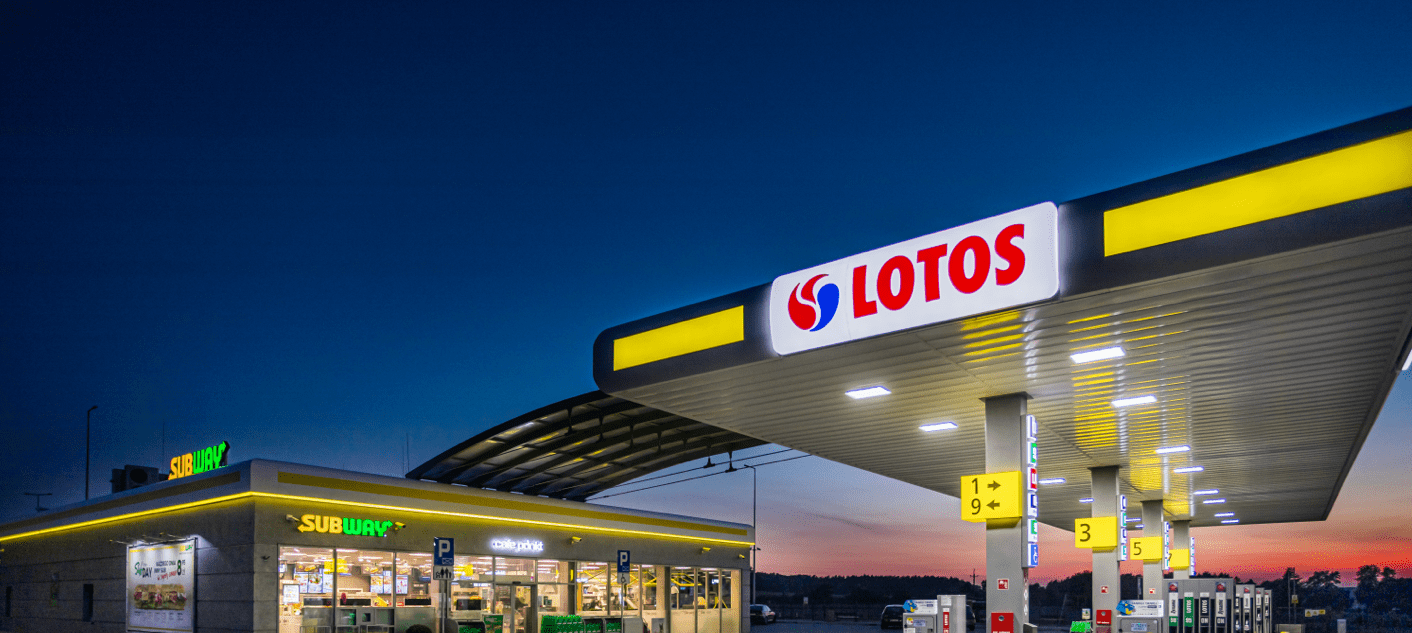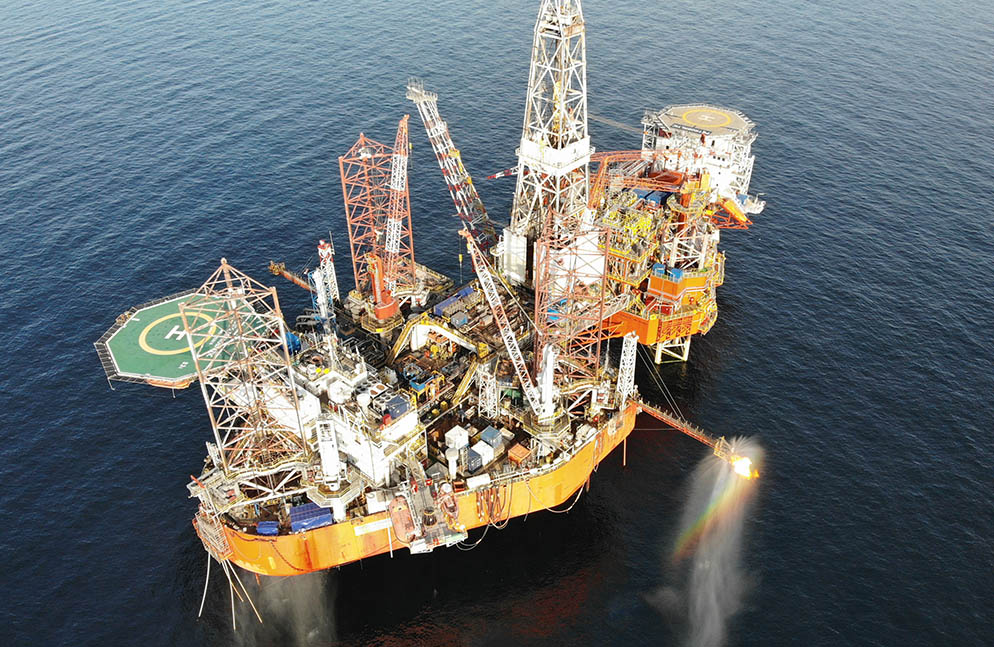International organisations forecast an increase in oil demand of 6.2% year on year in 2021, to 96.9 million b/d, still below the pre-pandemic level recorded in 2019. Many agencies also stress that certain fuels (including diesel oil) reached peak consumption back in 2019 (particularly in Europe). Having said that, oil demand will continue to grow in the coming years, mainly in Asia and the Pacific region (the economic situation of India and China as its crucial driver). Many countries will probably implement economic recovery measures in 2021, which should stimulate steady growth in fuel consumption. The proposed stimulus packages may cause fuel consumption to come close to the 2019 levels in 2022.
The COVID-19 pandemic induced shifts in the use of other energy sources as well, including coal. Consequently, many of the proposed economic recovery reforms, particularly those implemented in Europe, are expected to focus on the development of renewable energy sources (RES). Offshore wind farms are beginning to play a key role in the EU. Against this backdrop, natural gas, which is relatively greener compared with coal, will be a ‘transition’ fuel towards greener energy. However, coal will remain an important energy source in the coming years.



